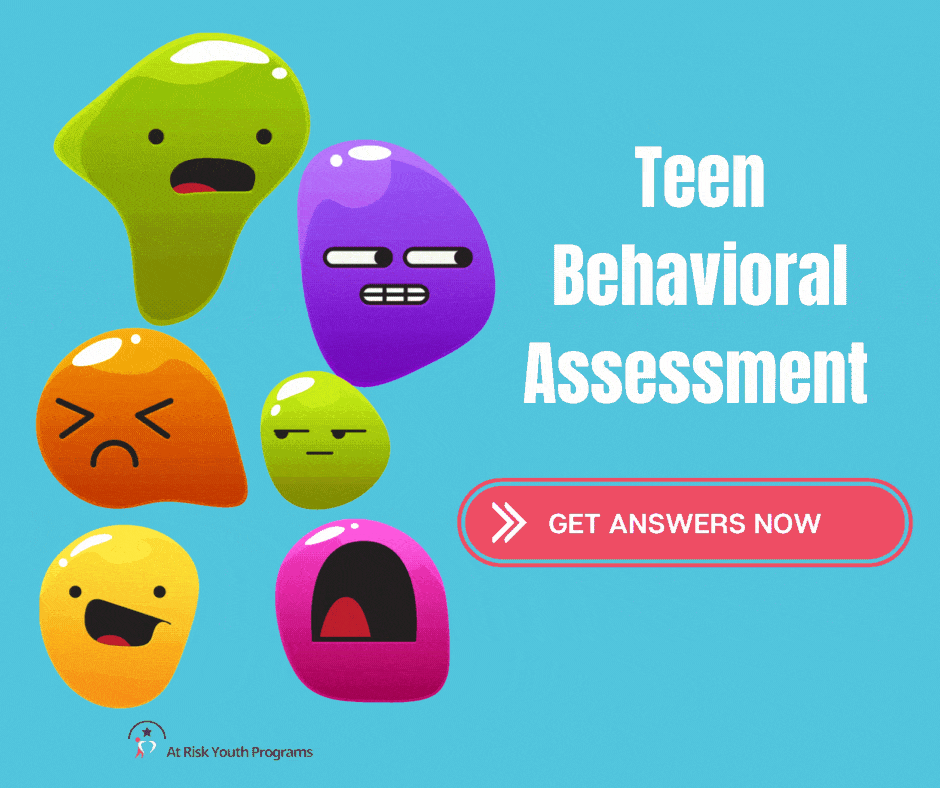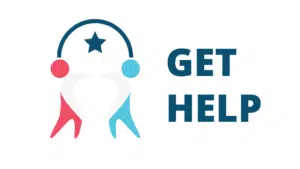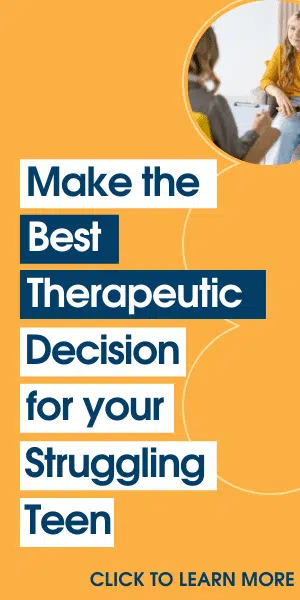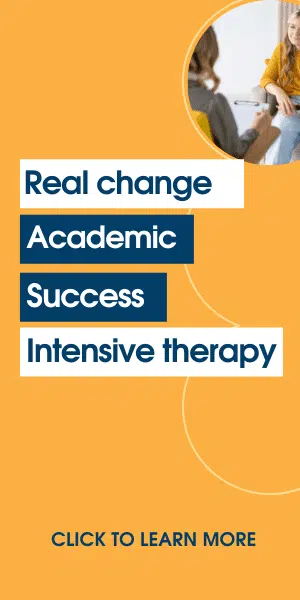The 5 Stages of Counseling an At-Risk Youth: What to Expect
Today’s teenagers are struggling with an increasing number of mental health problems, and social pressures are at an all-time high. This means many of them fit into the category of “at-risk” youth.
The statistics surrounding these teens are staggering. One study found that nine out of 10 high school students meet the criteria for addiction, and nearly 75% of high school students admitted to using drugs, alcohol, or cigarettes.
Over 34 million children in the United States live with a substance abuser. This means that millions of teens are at risk of developing negative behaviors and long-term mental health conditions. If you are someone who works with teens, or if you have a teenager in your home, you must be able to identify these teens and set up appropriate counseling.
This article is focused on the rehabilitation process, and how to help an at-risk youth change their life for the better.
Identifying At-Risk Youth
Before you can get counseling for at-risk youth, you must identify them. Some risk factors that put a teenager at higher risk for mental health concerns include:
- Having little education
- Sexual abuse
- Loss of a parent or domestic violence
- Emotional abuse or trauma
- Being from a low-income neighborhood
- Neglectful parents
To identify these teens, you must look for key behaviors, which include:
- Running away from home
- Illegal activities
- Drug use
- Sexual behavior
- Physical fights
- Defiance and aggressive behavior
- Dropping out of school
While any teenager can end up in serious trouble or battling a mental health concern, these issues are signs that you likely have an at-risk youth on your hands. The sooner you can start some sort of counseling or mental health treatment, the better the long-term outcome for that teenager will be.

Early Intervention is Key with At-Risk Youth
Because of the long-term effects of mental health conditions with at-risk youth, you need to take action as soon as you identify at-risk youth in your life. Because at-risk teens are likely to engage in risky behavior, moving quickly to get professional help on board is also important to avoid serious complications and repercussions. Whether it is your own child or a teenager you care about, the sooner you start counseling, the better the long-term outcome will be.
5 Stages of Teenage Counseling
If you have identified at-risk youth in your life or community, there are specific steps to take to counsel them effectively. For the most effective counseling, take the teen through these steps:
1. Get to Know the Teen
Teenagers respond best to people who take a genuine interest in them as a person. Take some time to get to know the likes, dislikes, and interests of the teen you wish to help. They will likely respond more positively to your additional help when you do. Once a teenager is comfortable with you, your counseling efforts will be more successful.
2. Discover What Needs to Be Done
Once you have some familiarity with the teen, dig in to figure out where the trouble lies. Is there trauma, insecurity, addiction, or something else the teen is dealing with? This stage can take a while because your charge may not want to open up at first, but spend some time here.
3. Draw Up Some Goals
Now that you have identified the problem, it is time to make some goals. What do you want to see the teen achieve through your counseling times together? Ask your teenager what their goals are, and incorporate those into your list. If they contribute their ideas, they will be more willing to work towards those goals. The more detailed and specific the goals are, the more effective you will be at reaching them. Also, make a deadline for reaching those goals.
4. Make a Plan
Now you are ready to make a plan to achieve those goals. Remember, the plan should involve the teenager’s input, as this will improve the chances that you will be able to achieve those goals. During this stage, you will teach your teen the life skills they need to meet those goals and find success. The goal isn’t just to fix a problem but also to give the teen the tools they need to avoid having that problem again in the future.
5. Review Your Progress
At the final stage is your assessment. Has, the teen made progress? You may not see complete success yet, but can you see them moving forward to make positive changes? Did your teen achieve any of the goals you set forth? If you notice any mistakes along the way, work with the teen to analyze those and see what different choices could be made in the future.
If you do not feel equipped to handle these steps on your own, or if your teen is resistant to counseling with you or someone in your social group, there are several organizations that can connect you with teenage counseling services. Consider these:
- Association for Child and Adolescent Counseling
- International Family Therapy Association
- American Academy of Child & Adolescent Psychiatry
What to Do When Teenage Counseling Is Not Enough?
We are well aware that there are many adolescents who are experiencing difficulties. Some young people are in more turmoil than others but each at-risk adolescent requires professional assistance.
Sometimes, counseling is not going to be sufficient to solve a problem a teen is experiencing, particularly if trauma is involved. If your teen has been through the five stages of counseling and still is not finding success at overcoming their mental health concern, it may be time for a more invasive approach.
Reach out to At Risk Youth Programs to get help finding a treatment program that will help your teenager overcome these challenges and get the help they need to live a healthy, peaceful adult life.
Here are additional resources you might be interested in:













